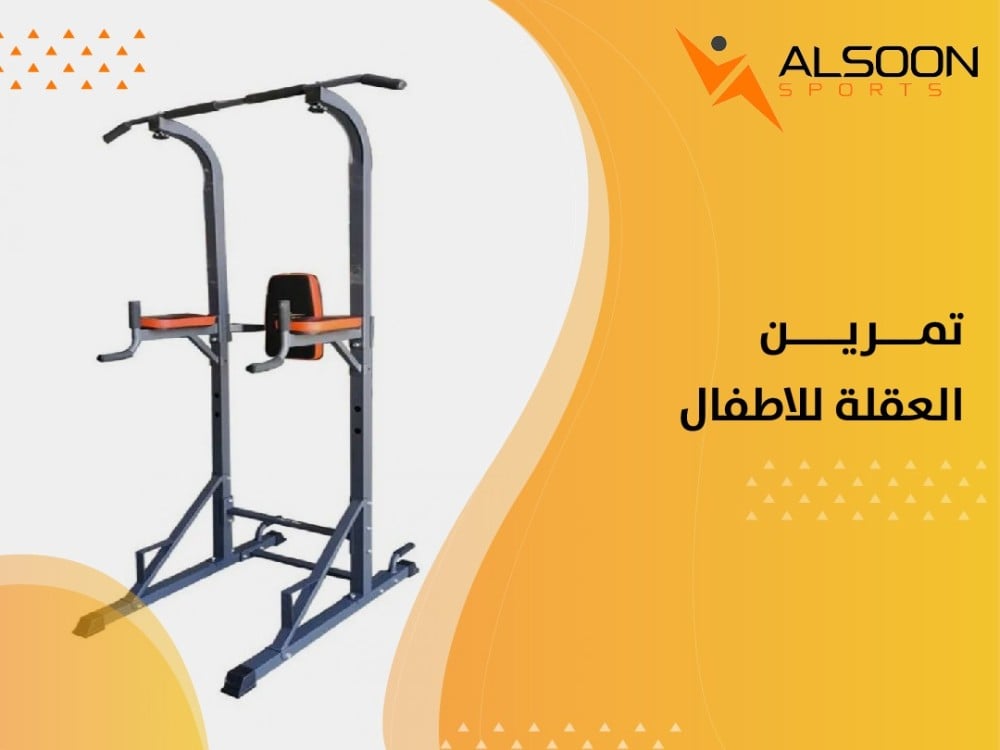In the journey of childhood development, enhancing physical growth and health is paramount. Following a proper nutritional diet and engaging in physical exercises that improve and strengthen the body's muscles while enhancing overall fitness levels is essential, especially for children. Among these exercises, the question arises: Is Pull-up exercise for kids?
Is Pull-up exercise for kids?
Young children require muscle-building body strength and grip improvement through adequate nutrition and a proper diet pattern. Alongside appropriate physical exercises, which offer numerous benefits, pull-up exercises for children stand out. These exercises are suitable for enhancing appearance and mental health and elevating physical fitness levels.
However, it's crucial to distinguish pull-up exercises from weightlifting or bodybuilding or attempting to mix exercises. Doing so could exert significant pressure on the child's small muscles, tendons, and joints. Additionally, it's essential to ensure that pull-up exercises for children are performed with extreme caution and at the appropriate age to guarantee safety and maximize benefits.
Instead of enrolling in a gym, Alsoon Store offers suitable parallel pull-up exercise stations for both adults and children, with adjustable levels, ensuring quality, sustainability, and comfort during exercise.
How to Perform Pull-up exercise for kids
Doctors do not prohibit children from practising pull-up exercises but advise extreme caution to prevent injuries resulting from pressure on weak nerves and tendons. Children can easily practice this exercise at home by following these steps:
- Preparing the Pull-Up Station: Set up the pull-up station and have the child stand underneath the pull-up bar in the middle, extending their arms straight.
- Gripping the Bar: Ensure the child grips the pull-up bar with an expanded grip, wrap the fingers around it comfortably, and place the thumb underneath the bar.
- Guiding the Child: Guide the child to press their shoulders downwards and start pulling upwards while maintaining the correct posture.
- Maintaining Proper Form: During the pull-up, the chest area should be lifted, relying on the arms for the pulling motion, ensuring the head surpasses the pull-up bar.
- Descending Gradually: Start descending slowly, repeating the exercise with appropriate repetitions, ensuring no harm is done to the child's injury.
Tips to Help Children Perform Pull-Up Exercise
Despite adhering to the exercises, children may practice pull-up exercises without reaping their benefits due to incorrect execution. Therefore, there are tips to consider to encourage children to consistently perform the exercise correctly to yield fruitful results:
- Variety in Grips: The kokanee performs the exercise correctly like adults on their first attempt. They can experiment with different grip forms, such as underhand or neutral grip, activating the child's hand muscles until they perform the exercise correctly.
- Setting Goals: Before starting the exercise, encourage the child to set a goal for their practice. With each session, gradually increase the number of repetitions, celebrating each achievement, thus maintaining motivation and encouraging further effort.
- Utilizing Assistance: Assisting the child in holding the bar will be beneficial. Resistance bands can support part of their weight, reducing the load. This enhances the child's focus on performing the exercise correctly and begins to build muscle strength.
- Avoiding Jumping to the Bar: Discourage the child from jumping to reach the bar, as it diminishes the desired outcome. Additionally, avoid negative pulls and rushing through repetitions. It's crucial to assist the child each time until they can easily perform the exercise independently.
- Maintaining Proper Form: Children should be aware not to use their necks to lift their bodies. The strain could lead to severe neck and shoulder problems. The pull-up bar doesn't need to be too high from the ground to ensure the child's peace of mind.
- Assistance During Exercise: While exercising, guide the child by holding the lower part of their body without unnecessary movement. This ensures the quality of the exercise, and it's recommended to consult a specialist to determine the appropriate style for the child's exercise.
In conclusion, young children require significant muscle strength by regulating their dietary patterns and practising beneficial exercises according to their age, as recommended by doctors. Among these exercises, pull-up exercises for children benefit their health.

